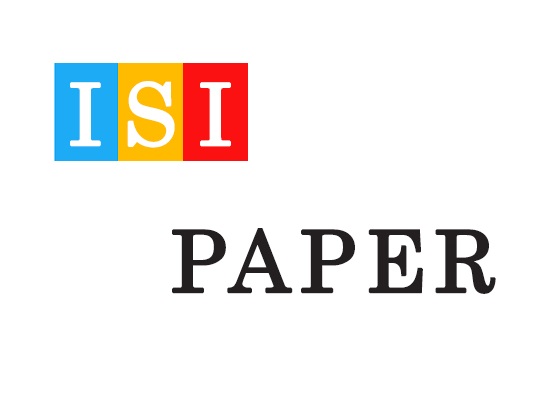دانلود رایگان مقاله ISI درباره ارزشیابی حسابداری،هزینه سرمایه،مدلسازی ساختاری و پروکسیهای حسابداری
دانلود رایکان مقاله انگلیسی ISI با موضوع بررسی انتقادی و انتخابی تحقیقات حسابداری مالی

عنوان فارسی مقاله:
بررسی انتقادی و انتخابی تحقیقات حسابداری مالی
عنوان انگلیسی مقاله:
A selective critical review of financial accounting research
دانلود رایگان مقاله ISI با فرمت PDF:
مشاهده توضیحات کامل و خرید ترجمه فارسی با فرمت ورد تایپ شده:

بخشی از مقاله انگلیسی :
4. Financial accounting theory and frictions
Financial accounting theory is supposed to provide testable hypotheses and direct empirical research in financial accounting. Nevertheless, there is an unfortunate tendency for theory to disregard the very frictions that make the theory meaningful.32 True, it is often difficult to model frictions but sometimes the frictions are the heart of the issue. This point has been raised by theorists before—see, for example, Hemmer’s (2008) discussion of un-modeled frictions in the paper by Plantin et al. (2008)—but, to my mind, the issue is important and bears emphasis. Two examples should suffice.33 Gigler et al. (2009) elegantly model the effect of accounting conservatism on debt covenants. In the context of their model, they assume that level of debt is positive but exogenous to the firm. In other words, Gigler et al. (2009) do not model the leverage decision. This in and of itself is not unusual or necessarily problematic. One cannot endogenize everything in a model and even important decisions cannot always be incorporated especially where the model is complex otherwise. But, here is the rub. In their model, by assumption, debt has no positive value. Indeed, debt is costly with no balancing offsets. Logically then, the firm in this model should be all equity but of course one cannot analyze debt covenants for an all equity firm. In short, it makes no sense to assume an exogenous level of debt when the model itself drives an optimal capital structure that is all equity. How can one reasonably explain debt covenants in a model in which only irrational firms issue debt? One potential response to such a criticism is that the model could be extended by adding, say, tax deductibility of interest which would create an optimum level of debt in the model. But, given the extant model’s complexity, including taxes would likely make the model intractable and, anyway, it would not change the qualitative model results. In my opinion, this response is inadequate. There is no guarantee that the authors’ results regarding the effect of conservatism on debt covenants would still hold if they incorporated tax frictions in the model. For example, it is quite possible that the assumed exogeneity of debt, where no firm would be holding debt optimally in the first place, is what drives the paper’s result that accounting conservatism is essentially a bad. In my opinion, a proof with taxes (or other) frictions is mandatory if we are to believe the model’s results.

